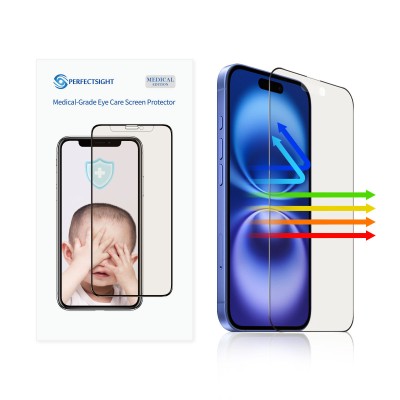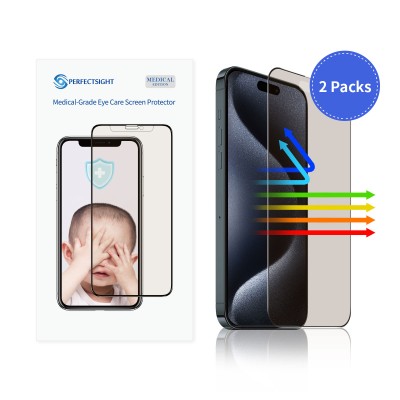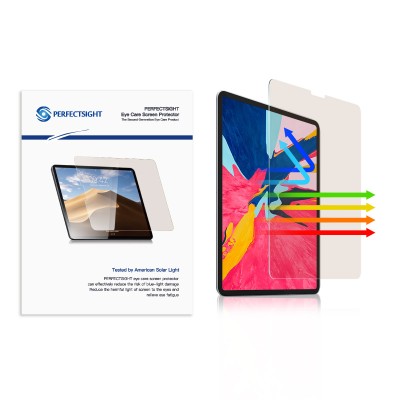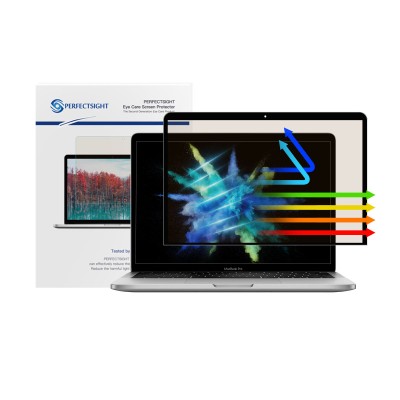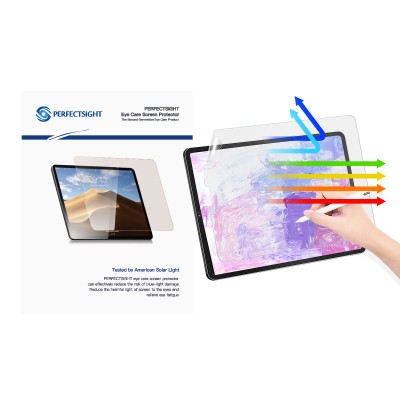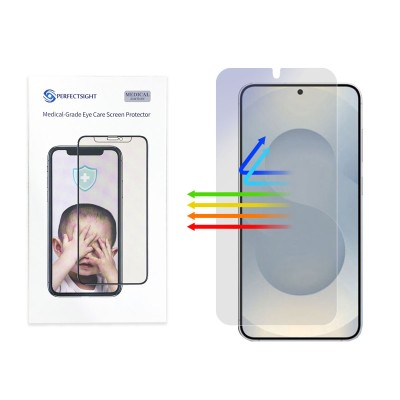Do You Need a Screen Protector? What is the Best Screen Protector?
In today's world, where electronic devices are ubiquitous, smartphones have become an indispensable part of our lives. "Eyes" of your phone, the protection of the screen is crucial. So, does your phone really need a screen protector? In this article, we will explore various types of mobile screen protectors categorized by material and function, as well as how to choose the most suitable one.
Does Your Phone Need a Screen Protector?
The primary purpose of a screen protector is to safeguard the screen from scratches, dirt, and fingerprints. If you frequently use your phone outdoors or often place it in your pockets or bags, investing in a screen protector is a wise choice. Additionally, a screen protector can reduce the risk of screen cracks and prolong the lifespan of your device. Purchasing a high-quality screen protector can help maintain your device's appearance, thereby increasing its resell value.
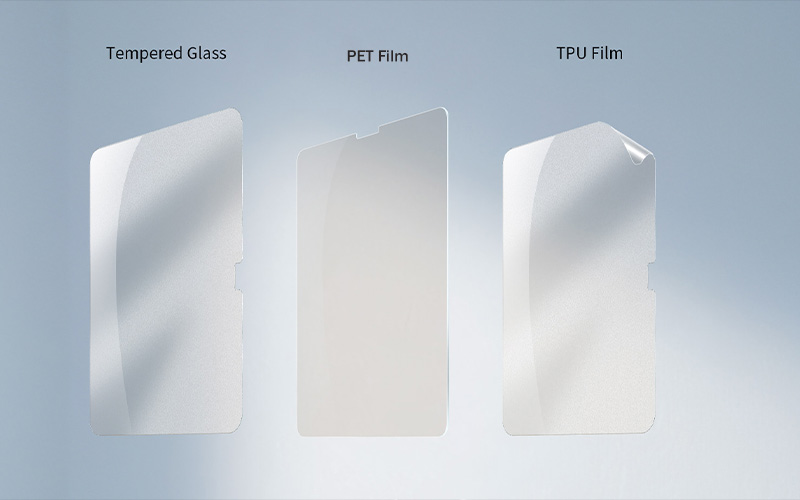
What are the Different Types of iPhone Screen Protectors?
Mobile screen protectors can be categorized based on material and functionality.
Material
Tempered Glass Protector
Advantages:
Exceptional impact resistance, effectively preventing screen breakage.
High hardness level, making it resistant to scratches.
Often includes oil-resistant and fingerprint-resistant coatings for maintained clarity.
Disadvantages:
Generally thicker, which may impact compatibility with cases.
Typically more expensive.
In cases of severe impact, it may shatter, and edges may chip.
PET (Polyethylene Terephthalate) Screen Protector
Advantages:
Cost-effective and easy to produce, suitable for mass production.
High transparency, preserving the clarity of the display.
Provides resistance against minor scratches.
Disadvantages:
Limited protective capabilities; weak against impacts and drops.
May develop bubbles or detach over time with extended use.
TPU (Thermoplastic Polyurethane) Screen Protector
Advantages:
Flexible and elastic, providing better shock absorption.
Self-healing properties allow minor scratches to recover over time.
Water-resistant and oil-resistant, making it easy to clean.
Disadvantages:
Relatively thick, which may affect touch sensitivity.
Higher cost compared to PET films.
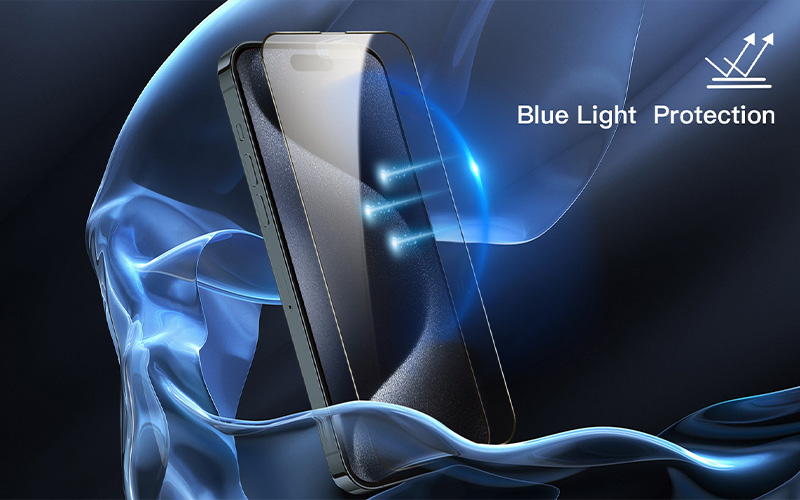
Function
Blue Light Blocking Screen Protector
Filters Blue Light: Reduces exposure to blue light, alleviating eye strain.
Protects Eyes: Minimizes potential eye damage from prolonged screen use.
Improves Sleep: Helps regulate circadian rhythm for better sleep quality.
Privacy Screen Protector
Limits Viewing Angles: Only visible to those directly in front, preventing side viewing.
Protects Sensitive Information: Keeps personal data private in public settings.
Anti-Glare Screen Protector
Reduces Reflection: Minimizes glare in bright environments for better visibility.
Enhances Readability: Improves clarity in outdoor or high-light settings.
Scratch Resistant: Protects the screen from daily wear and tear.
What is the Best Screen Protector?
The best screen protector primarily depends on your individual needs and usage habits.
If you are looking for strong protection, then a tempered glass protector is your best bet.
If you prioritize a thin and unobtrusive option, a TPU protector might be more suitable.
If you are concerned about blue light exposure, consider using a blue light filter protector.
